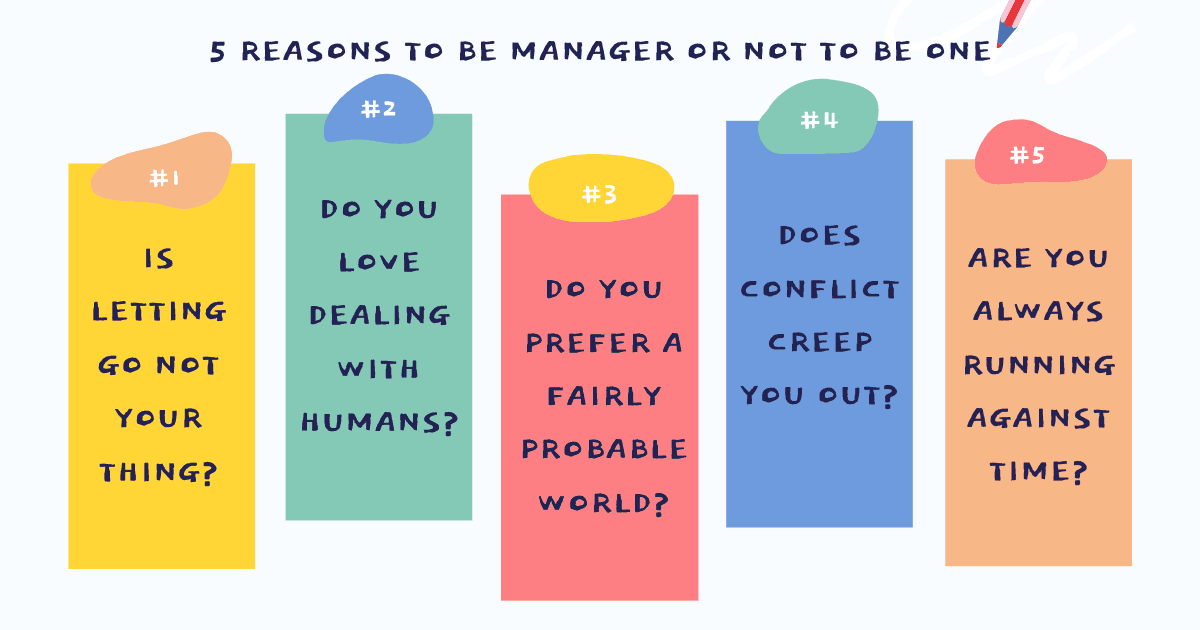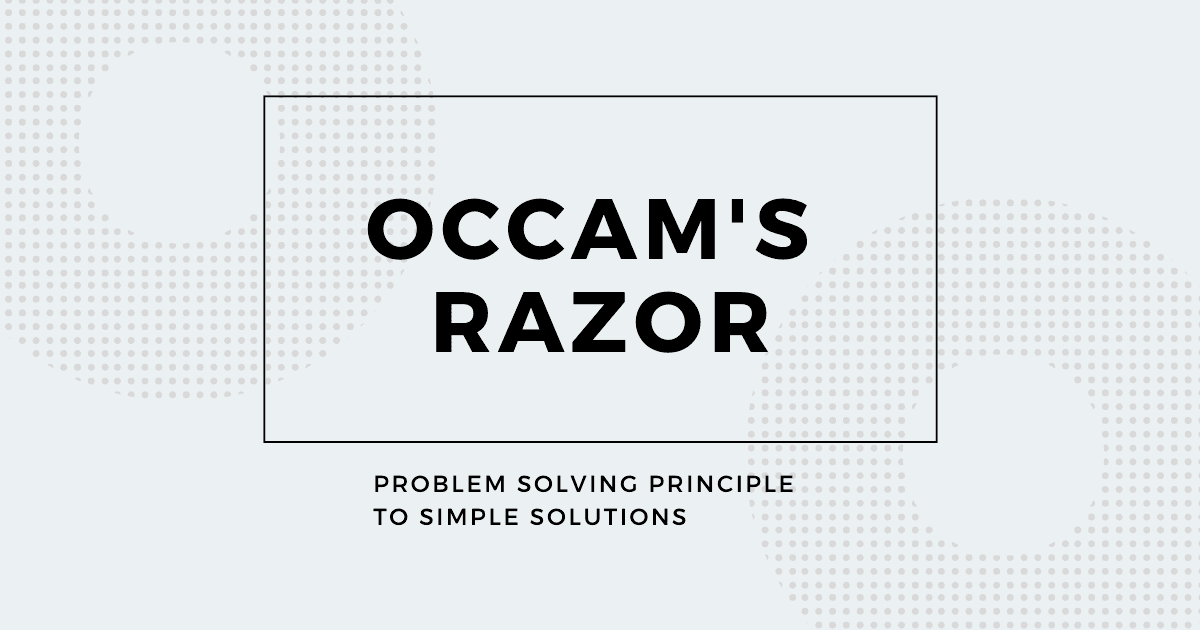Inversion: Mental Model To Uncover New Possibilities

Inversion is one of the most powerful, yet simple mental models to uncover things that we normally do not think. It helps us think outside our normal thought patterns and approach problems from a different angle that opens a world of new possibilities that we didn’t know existed.
Inversion provides an objective way to explore the problem by thinking the opposite of what we seek. This form of reverse questioning can help us inquire our own assumptions, beliefs and in turn gain a better perspective to find answers to our original question with greater clarity and understanding.
Our natural mode of thinking looks for answers to:
- What can I do to solve this problem?
- What should I do to achieve this outcome?
- What strategy or process will help me get where I want to be?
- How can I succeed in this project?
It’s not natural to think opposite of what we desire when the solution is right in front of us in confirmation with what we believe. Our mind does not seek limitations of our own assumptions unless we put a conscious effort to learn it by inverting the query.
Putting the same questions through inversion model will require us to answer:
- What events, behaviour or action can prevent me from solving this problem?
- What events, behaviour or action can prevent me from achieving this outcome?
- What gaps in strategy or process can stop me to get where I want to be?
- How can I fail in this project?
From Charlie Munger, one of the greatest minds of the 20th century:
Invert, always invert: Turn a situation or problem upside down. Look at it backward. What happens if all our plans go wrong? Where don’t we want to go, and how do you get there? Instead of looking for success, make a list of how to fail instead. Tell me where I’m going to die, that is, so I don’t go there.
How do we learn through inversion
Inversion mental model provides a mechanism to attack our own thoughts, break out existing assumptions, question the various possibilities and encourage different viewpoints. Examining what you want to achieve through the lens of inversion can assist in identifying patterns, behaviour and actions that can lead to failure in achieving a certain outcome.
Learning about them can result in managing work and expectations in a manner that avoids the steps to failure and solve bottlenecks on the path to success.
Cognitive Distortions Bundle
Challenge and replace irrational thoughts with more realistic and adaptive thoughts.
When trying to achieve something, follow these steps to apply the great mental model of inversion and establish higher confidence in achieving your results:
- Write down your intuitive question
- Now ask the opposite of that question
- Go deep in understanding what can cause the opposite to be true and prevent you from achieving your goal
- Ask others to contribute to your thoughts and validate your assumptions
- Put together a strategy and action plan in place that avoids all causes of failure that you just learnt
While the principle of inversion will help us to see the most obvious flaws in our strategy, it will still be limited to our circle of competence. We don’t know what we don’t know and may later discover unknowns caused by ignorance or events not directly under our control.
Inversion will not give us all the answers but will guide us to take a better path by asking what is more beneficial “Achieving Success” or “Avoiding Failure”.
What happens when we don’t apply inversion

Most of us try to look back when things aren’t working or when we hit a plateau desperately looking for ways to make progress. In moments like these where too much time and effort has already been spent, it’s difficult to step back, identify what’s not working and acknowledge the gaps in our initial understanding.
Most people continue to make minor iterations to their original strategy in the hope that it will advance them in the direction they had originally envisioned. Continuing on the original path with minor modifications without envisioning what other roadblocks could be up ahead can lead to failure with a wastage of vast amounts of time and resources.
While post-mortem as a technique has been employed by many organisations to mitigate future risks and learn best practices from its projects, it’s the pre-mortem technique that’s more powerful but rarely used.
In his book Thinking Fast And Slow, Daniel Kahneman explains how pre-mortem works:
“When the organisation has almost come to an important decision but has not formally committed itself, he proposes gathering for a brief session a group of individuals who are knowledgeable about the decision. The premise of the session is a short speech: “Imagine that we are a year into the future. We implemented the plan as it now exists. The outcome was a disaster. Please take 5 to 10 minutes to write a brief history of that disaster. The main virtue of the pre-mortem is that it legitimizes doubts. Furthermore, it encourages even supporters of the decision to search for possible threats that they had not considered earlier. The pre-mortem has two main advantages: it overcomes the groupthink that affects many teams once a decision appears to have been made, and it unleashes the imagination of knowledgeable individuals in a much-needed direction”
Pre-mortem technique is very powerful since it inverts the question “How can this strategy make us successful one year down the line” to ‘How can this strategy make us fail one year down the line”.
Not asking this question at the right time may lead to suboptimal decisions with flaws that will surface at a later stage.
Examples of putting inversion mental model to use
Inversion is such a useful mental model because it can be applied to almost every aspect of our work and life. Let’s learn how to put it to use through a few examples:
Manage performance
While considering a person up for promotion, people often ask the question “What are the reasons to believe this person is ready to face challenges at the next level?”
Now apply inversion and ask “What can cause this person to fail at the next level?”
Learning what can cause failure can open our minds to question our own judgement and be conscious of our decision in promoting a person.
Master productivity
To take control of your productivity, instead of asking the question “What should I do today?”, apply inversion and ask “What should I stop doing today?”.
Latter will push you to stop doing inconsequential tasks which will eventually lead to work that’s aligned with your goals and mission. Also, learn to apply Eisenhower Matrix for better prioritisation.
Achieving cross functional team collaboration
It’s the difference between asking the question “How can I enable better collaboration amongst teams?” to learn by inversion “What are the challenges of working with cross functional teams?”
Learning about the various challenges specific to your people and organisation can help you in devising a plan that solves for these challenges and enables people to step up in their role and achieve effective cross functional collaboration.
Enabling innovation
In a desire to enable innovation, most people often ask “What should I do to enable innovation in my team or organisation?”
The simple answer lies in inversion “What should I stop doing that obstructs innovation?”
Recognise behaviour that stands in the way of innovation and then take action to remove those barriers.
So while the natural tendency is to seek answers to the intuitive question, make an effort to invert, always invert your question. There’s tremendous learning in applying an inversion mental model to ask the question differently and find answers that don’t come naturally to us.
This is my third post on mental models. I hope to inspire you to learn about various mental models and apply them in your day-to-day work to enable better problem solving and decision making. Write to me on what you think about them or leave your comments below.
Read my other posts on mental models
- First Principles Thinking: The Most Powerful Way To Think
- Occam’s Razor: Problem Solving Principle To Create Simple Solutions






























great article, thank you
Thanks Konrad
I really enjoyed this article
Thank you
Thanks Michel
Wonderful articles. I love your style . Your references are such spot-on as well .
Thanks James